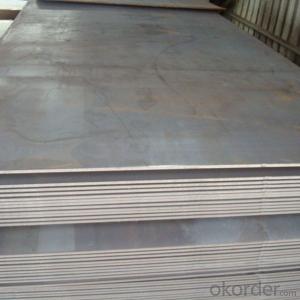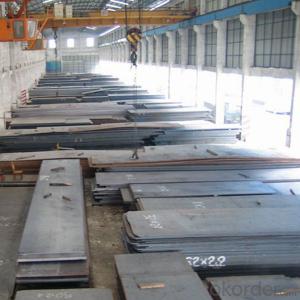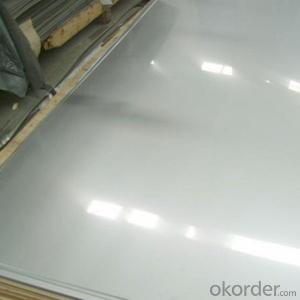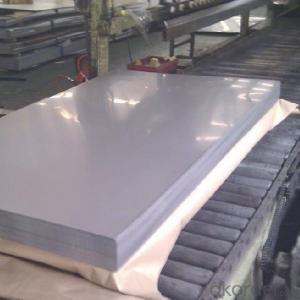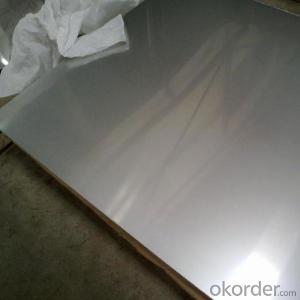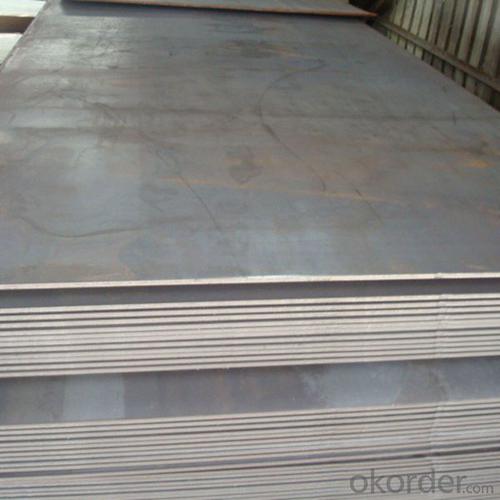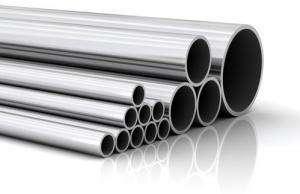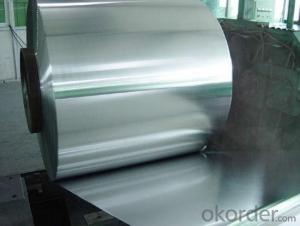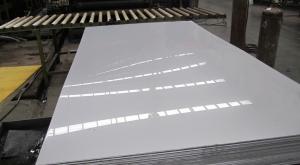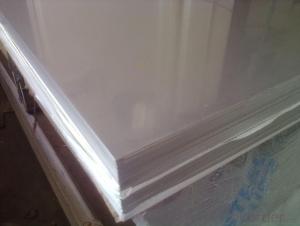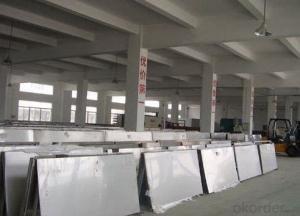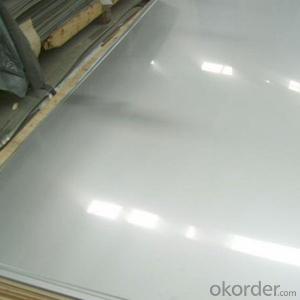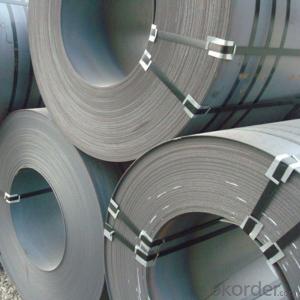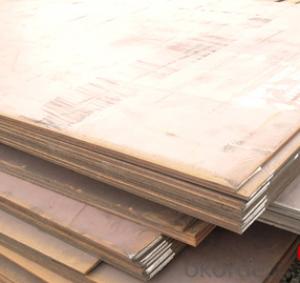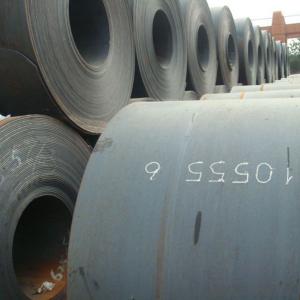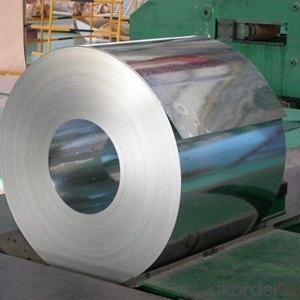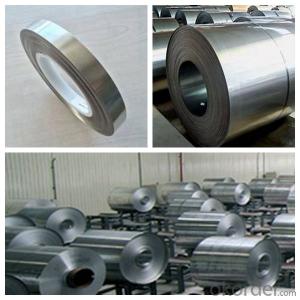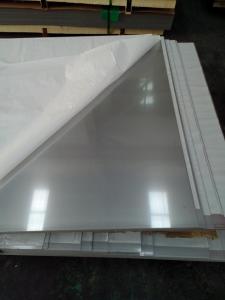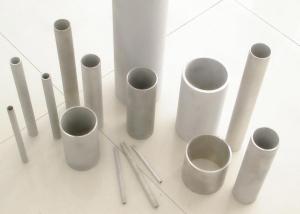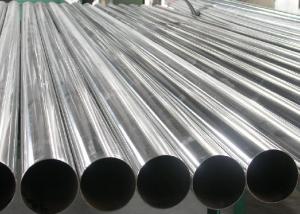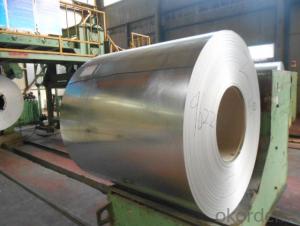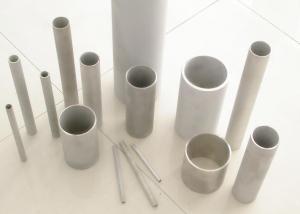Carbon Steel Plate Made In China SS400 Good Quality
- Loading Port:
- Tianjin
- Payment Terms:
- TT OR LC
- Min Order Qty:
- 25 m.t.
- Supply Capability:
- 20000 m.t./month
OKorder Service Pledge
OKorder Financial Service
You Might Also Like
Specification
DESCRIPTION FOR CARBON STEEL PLATE
Product | carbon steel plate price per ton |
Place of origin | Tianjin,China mainland |
MOQ | 25 tons |
Thickness | 1mm-200mm |
Width | 1000mm-3000mm |
Length | 1000mm-2000mm |
Application | widely |
Standard | AISI,ASTM,BS,DIN,JIS,GB,etc |
Grade | A572,A573,A633,A678,A709,A710,G3101,G3136,etc |
Tpye | Steel plate |
Surfacing | Coated |
Productive Technology | Hot Rolled & Cold Rolled |
Price | FOB USD 500-900 per ton |
Port | TIANJIN,SHANGHAI |
Payment Terms | L/C,T/T,Western Union,MoneyGram |
Product Ability | 1000 tons per month |
Delivery | 10 days after deposit or according to customers' quantity |
Packing | standard seaworthy export packing or as the request of customers |
PACKING:
1.Big thickness:by bulk vessel
2.Small thickness:packed by steel strips and shipped by container
3.According to the requirements of customers'
TRADE TERMS :FOB, CFR, CIF
DETAILED PICTURES FOR STEEL COILS
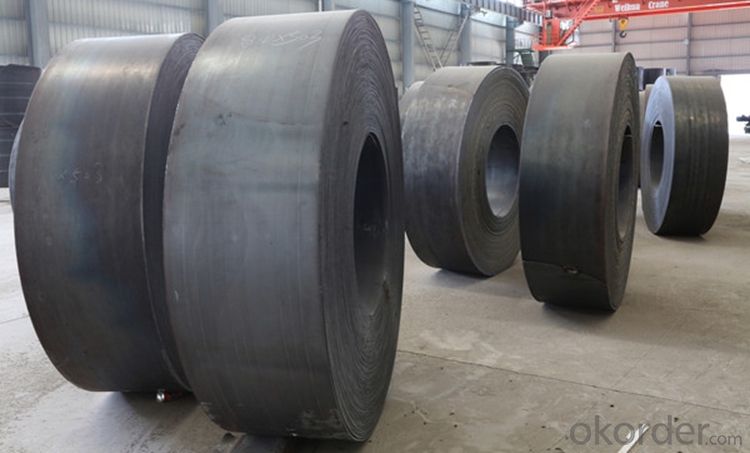

PACKAGING &DELIVERY FOR STEEL COILS/SHEETS
Packaging Detail Standard export packing or following customer's demand
Delivery Time: Within 30-40 days after deposit or according to the order quantity
OUR SERVICE
1.High quanlity and reasonable price.
2.Customized on-demand.
3.Reasonable shipping and fast delivery.
4.Free sample.
FAQ:
Q:You are Factory or Trading Company?
A:We are factory,our main products include Steel plate,Steel Bar,Steel coils.
- Q: Are stainless steel sheets suitable for elevator handrails?
- Yes, stainless steel sheets are suitable for elevator handrails due to their durability, corrosion resistance, and aesthetic appeal. They can withstand frequent use, provide a hygienic surface, and require minimal maintenance, making them an ideal choice for elevator handrails.
- Q: 304 how can the water stain on the surface of stainless steel plate be formed?
- If you want to scrub the proposal as soon as possible processing, water Jiyue long more difficult to wear off, if it is ferrite, also easy to rust.
- Q: Are stainless steel sheets resistant to chlorine?
- Stainless steel sheets possess a general resistance to chlorine, as they are renowned for their corrosion-resistant properties. They are capable of enduring exposure to chlorine without experiencing substantial degradation. Hence, stainless steel sheets prove to be an appropriate option for implementing in environments containing chlorine, such as swimming pools, water treatment plants, and chemical processing facilities. Nevertheless, it is crucial to acknowledge that extended exposure to high concentrations of chlorine or specific chemicals can still induce corrosion or discoloration on the surfaces of stainless steel. To maintain the longevity and aesthetic appeal of stainless steel sheets in chlorinated settings, regular maintenance and adherence to proper cleaning procedures are imperative.
- Q: Are stainless steel sheets suitable for wastewater treatment plants?
- Yes, stainless steel sheets are highly suitable for wastewater treatment plants. Stainless steel is known for its corrosion resistance, durability, and ability to withstand harsh and corrosive environments, making it an ideal material for such applications. It can effectively handle the challenges posed by wastewater treatment plants, including exposure to chemicals, moisture, and high temperatures, while maintaining its structural integrity and preventing contamination.
- Q: Do stainless steel sheets have a specific weight?
- Yes, stainless steel sheets have a specific weight. The weight of a stainless steel sheet depends on its dimensions, thickness, and density of the stainless steel material. Stainless steel is typically denser than other metals, which means it will weigh more for the same volume. The weight of a stainless steel sheet can be calculated by multiplying its volume by its density. The specific weight of stainless steel is usually expressed in pounds per square foot or kilograms per square meter.
- Q: What stainless steel can be used instead of galvanized sheet?
- 201 stainless steel is one of the 200 series stainless steel. 200 series stainless steel is low nickel high manganese stainless steel, nickel content is generally below 4%, manganese content of about 8%, is a nickel type stainless steel. 201 stainless steel is widely used in building decoration, municipal engineering, highway guardrail, hotel facilities, shopping malls, glass handrails, public facilities and other places. The equipment high precision automatic pipe, through its dissolve welding, roll forming, without any metal filler, filling gas protection (inside and outside of the pipe side) welding, welding process for TIG, and on-line solution of eddy current testing.
- Q: Is Baoding mirror stainless steel plate mirror on both sides?
- Yes, mirror stainless steel plate is divided into: single universal grinding 8K stainless steel plate, stainless steel plate, 8K universal grinding double-sided single-sided grinding 8K stainless steel plate, double-sided grinding of 8K stainless steel plate, manufacturers generally can be customized according to your requirements, the price is not the same.
- Q: Are stainless steel sheets suitable for pharmaceutical equipment?
- Yes, stainless steel sheets are suitable for pharmaceutical equipment. Stainless steel is widely used in the pharmaceutical industry due to its excellent corrosion resistance, high strength, and hygienic properties. It is easy to clean and sterilize, making it ideal for applications where cleanliness and product purity are critical. Stainless steel is also resistant to chemicals and can withstand extreme temperatures, making it suitable for various pharmaceutical processes. Additionally, stainless steel sheets can be customized in terms of thickness, size, and finish to meet specific equipment requirements. Overall, stainless steel sheets offer durability, reliability, and the necessary sanitary properties required for pharmaceutical equipment.
- Q: What are the benefits of using stainless steel sheets?
- There are several benefits of using stainless steel sheets. Firstly, stainless steel is highly durable and resistant to corrosion, making it suitable for various applications in different environments. Secondly, stainless steel is easy to clean and maintain, making it a hygienic choice for industries such as food processing and medical facilities. Additionally, stainless steel sheets have a sleek and modern appearance, making them aesthetically pleasing for architectural and design purposes. Lastly, stainless steel is recyclable and environmentally friendly, making it a sustainable choice.
- Q: Can stainless steel sheets be used in high-pressure environments?
- Yes, stainless steel sheets can be used in high-pressure environments. Stainless steel is known for its excellent strength and resistance to corrosion, making it suitable for applications that require high-pressure resistance. Stainless steel sheets can withstand high pressures without deforming or breaking, making them ideal for use in industries such as oil and gas, chemical processing, and power generation, where high-pressure environments are common. Additionally, stainless steel sheets can maintain their structural integrity and performance even at elevated temperatures, further enhancing their suitability for high-pressure applications.
Send your message to us
Carbon Steel Plate Made In China SS400 Good Quality
- Loading Port:
- Tianjin
- Payment Terms:
- TT OR LC
- Min Order Qty:
- 25 m.t.
- Supply Capability:
- 20000 m.t./month
OKorder Service Pledge
OKorder Financial Service
Similar products
Hot products
Hot Searches
Related keywords
